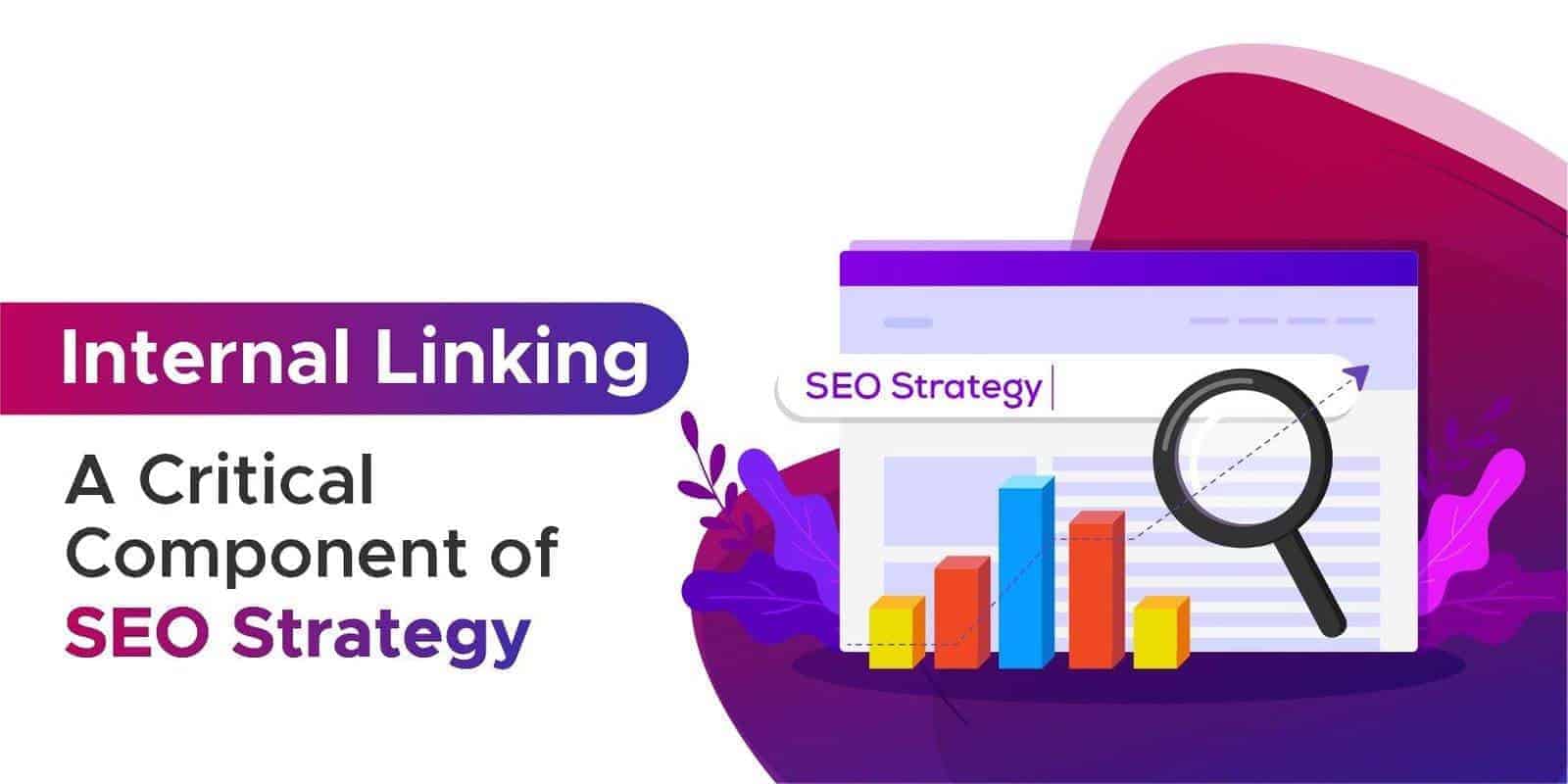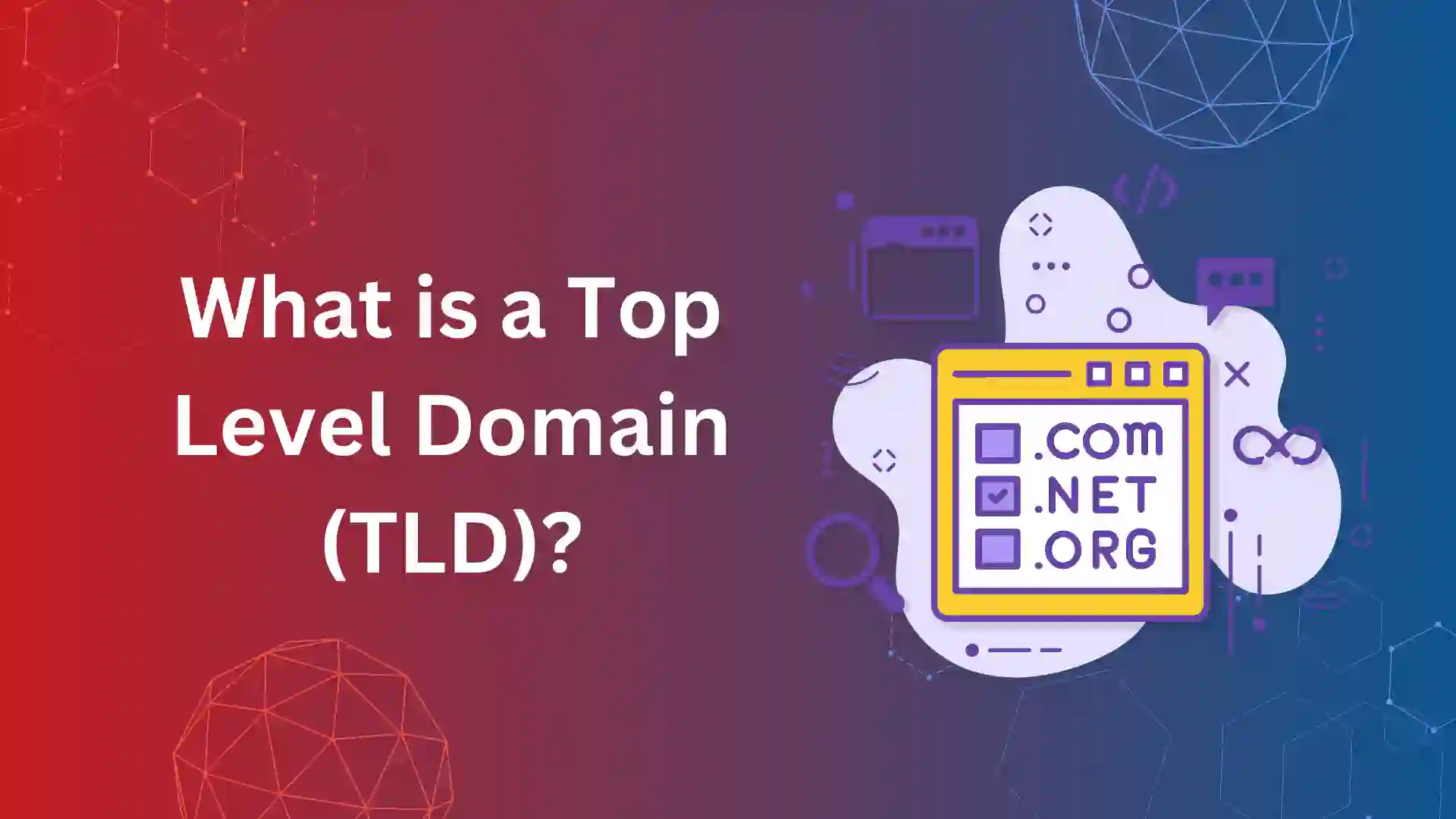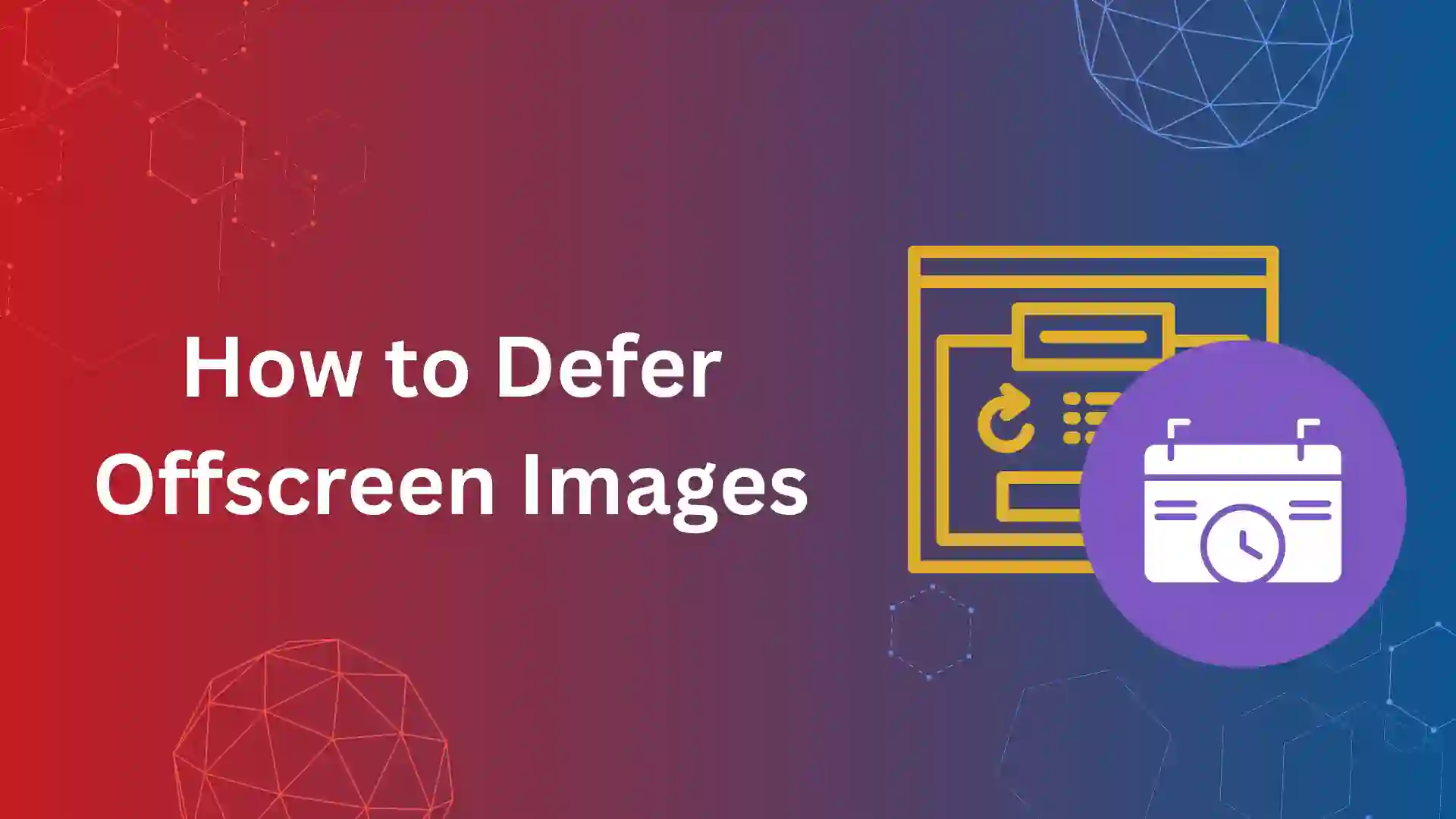When you think of link building strategies, most people will associate with guest posts and links from third-party sites. This is a popular belief, and it is unlikely to change in the near future.
It is indeed essential to get backlinks from authoritative websites to improve your search engine rankings. However, it is also crucial to build internal links to determine which position a piece of content will appear in search results.
Internal links are an important component of any SEO strategy. There are many benefits to internal link building, such as increased website authority, usability and web page connections, user experiences, and in some cases, search engine optimization rankings.
What is Internal Linking? How Does It work?
Internal linking refers to linking websites within the same domain. Most websites have internal links. These can be found in your website’s footer, sidebar, menu bars, and various articles.
Internal linking plays a key role in on-page SEO, as it helps search engine bots discover, crawl, and index a created page. Sometime it helps pass the link juice from one page to another on the website.
If a website has more than one page, it is imperative to use internal linking. You should be aware of two types of internal links: context-sensitive and navigational.
Navigational Links:
Navigational links helps in website’s internal navigation. When you add internal navigation links to your navigation bar, it creates an interconnected web that allows users to move between the different pages on your website easily.
These links are used throughout the site with the primary purpose of helping users locate what they are looking for.
Contextual Links:
Contextual links are a type of internal link. Including a clear, obvious, contextual link with natural anchor text may be useful to demonstrate the site’s relevance and pass the PageRank if the source is deemed to be authoritative.
Similar to backlinks, internal links can transmit link juice and helps Google determine which page contains more useful information. Additionally, they aid Google in indexing, discovering, and understanding all pages on your site.
These internal linking structures are crucial for SEO as they help you establish your site architecture and increase your link equity. While internal linking is essential for SEO, it’s important to understand why.
Benefits of Internal Linking for SEO:
Helps distribute link juice
Internal links are essential for the distribution of link juice. This informs the search engine which pages are most important.
An effective internal linking strategy will help you create the best page hierarchy for your site. This will benefit the user experience.
Google may consider a page to be more important than the other guides due to the number of links. These “power pages” can help you increase authority on your site and improve your overall page rankings.
Optimizes crawl budget and improves the user experience:
Internal linking is a great way to improve your user experience (UX) by ensuring your page visitors find more valuable content on the website.
Additionally, internal linking is primarily used to navigate websites and maintain an easy-to-navigate structure for the website.
Although this is a UX benefit, having a well-designed website structure will help you save on your crawl budget and enable search engines to index more pages per visit.
Passes authority between pages:
By using an effective internal linking strategy, you can transfer authority across pages on your website. This will help improve your search engine rankings.
Internal links transfer as much link juice to your website as backlinks; they can help you push specific pages up the search engine results page ranks.
Increase Dwell Time and Put Down the Bounce Rate:
Links to related content can help you increase the visitor’s time on the site and decrease the bounce rate. The bounce rate denotes the number of people who visit any one web page and immediately decide to leave your website.
You can decrease bounce rates by making your website more useful and keeping users on the site longer.
Now that you understand the significance of internal linking, let us throw some ideas and techniques for creating useful internal links.
Internal Linking Strategies:
Use appropriate anchor text
Anchor text refers to the clickable text associated with a hyperlink. The anchor text also contributes to SEO by providing context to Google for the resource being linked.
One of the strategies to increase traffic is to include relevant pages into appropriate anchor texts. The user can click on the anchor text to access related information about the subject.
These actions can increase the value of the page. Further, to improve your keyword rankings, you can also include keywords in your anchor text.
Validate your menu and footer links:
Site-wide links are hyperlinks that are found throughout your website’s content. Site-wide links can be found in the header and footer of websites, as well as in the sidebar.
To determine the most important information of your website, compile a list of contents that are critical. In all likelihood, your sales pages, content hubs, and reference pages will be the most essential pieces of information.
To ensure consistency, this list should be compared with the links in your sidebar, header, and footer. If you have pages not listed on your site, it may be necessary to adjust your footer or menu.
Create lots of content and keep it updated:
A website should have a lot of internal pages to establish an effective internal linking structure. There will be an increased potential for interlinking if your website has lots of content.
Your internal linking strategy will be more successful if you have more links to other places. Start building internal links to the most important information within your website.
For this, you need to shortlist the pages you wish to review and then use this list to build your links. Then, you will need to evaluate each set of available content.
Useful SEO tools like Screaming Frog allow you to visually imagine your site’s architecture and provide you with a list of URLs on your website. You can also get other data like the crawl depth and bounce rate (the distance between one piece of content and your homepage).
Create links to pages that perform:
Are there any web pages that convert visitors better than others? If so, start linking these pages. Some of the articles in our blog perform really well and enjoy high conversion rates.
When the content is engaging and the CTAs are effective, users convert in large numbers. These are the pages that you should link first.
This is not just for SEO purposes. It could also drive more revenue. Conversions will increase if you attract more people to a page that performs high on conversions.
Allow contextual links to be opened in a new tab:
Consider the following scenario. You are reading an article with many links to other articles. Because they are interesting and engaging, you click on some of these links.
Ultimately, instead of reading the article about the importance of the Nofollow attribute, you spend your time watching a YouTube puppy video.
While it is a personal choice, it will help your website if the user isn’t forced to change their browsing context. Visitors will be more likely to return to the original page if you make links that open in new tabs.
Always use Dofollow links:
It is not a good idea to use the Nofollow attribute on the internal links. Nofollow links do not affect the search engine rankings for the destination site.
Moreover, Google doesn’t pass PageRank or anchor text through the Nofollow links. They won’t even be bothered enough to crawl them.
Ahrefs data suggests that although Nofollow links can be beneficial when used externally (which may be true), they are not necessary to be part of your internal linking strategy.
Include the right number of links per page:
In every piece of content that you create, it is recommended to include at least five links back to other older articles on the site. This factor can influence your internal linking strategy and how search engines assess and rank your content.
Google can detect websites with a “freshness factor” and include it in its algorithm when it visits them. Moz states that search engine crawlers can only index 150 links per page. They can no longer crawl pages after that.
Your search engine optimization may be negatively affected if you overcrowd your site with links. Remember, it is a good practice to include links, but not too many. This will be beneficial for both search crawlers as well as visitors to your site.
Use the right SEO tools to improve your internal link profile:
There are many tools and plug-ins that can help you improve your internal linking strategies. These tools can help you identify and remove spammy or low-quality links. They also allow you to assess your site’s link profile relative to other sites.
SEMrush, an online site audit tool, can help you evaluate the internal linking profile of your website. You can get a detailed analysis of your internal linking profile by providing the domain name. These insights can help you develop an efficient and successful internal linking strategy.
Ahrefs is another tool that allows us to see the potential for internal linking. This is a useful tool that provides information on traffic and ranking as well as information about which pages/articles contain the keywords we want to rank for in search engines. Once the system is set up, it’s easy to add the connections.
Conclusion:
- An internal link is easy to create. All you need is a logical, hierarchical site structure and internal links consistent with that structure.
- You can easily show your readers which articles are most helpful and useful by using an internal linking strategy.
- You can examine your internal links and add and refine them if needed.
- In the end, make sure that your internal links work well before you post them.
- Broken links don’t pass link juice to other websites and hint to Google that the site may be of low quality.
- These recommendations from a leading digital marketing agency aim to help you strengthen your link profile.
- Follow the guidelines and be assured that your site will pass the test of credibility before Google as well as your site visitors.













